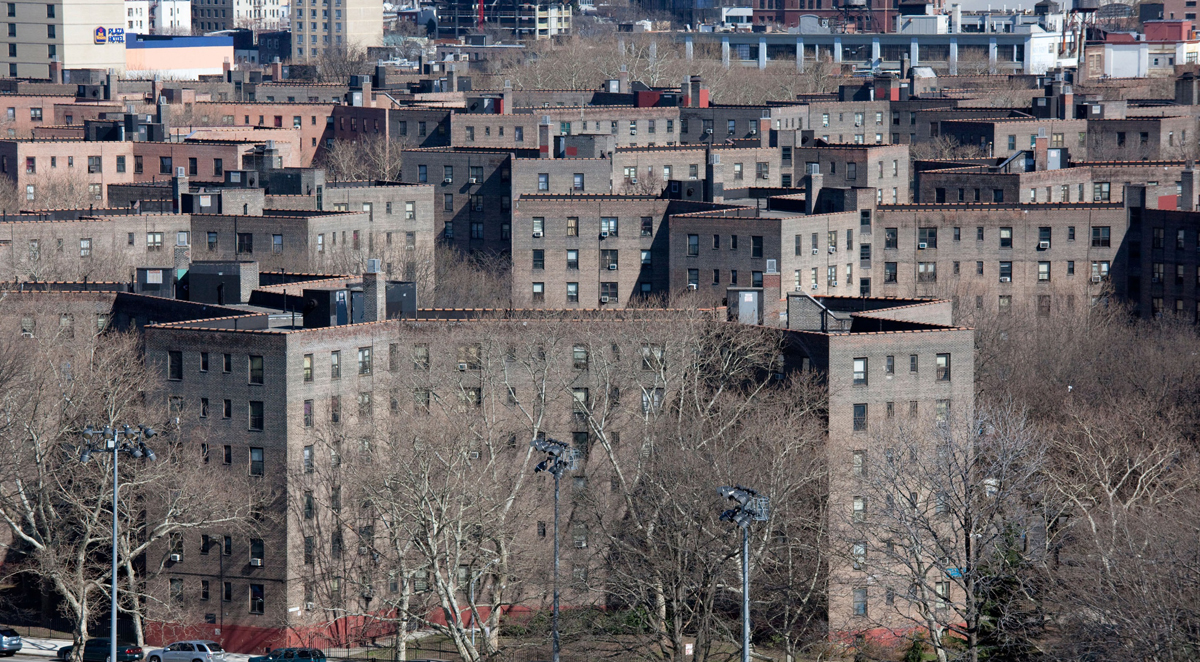A Look at Vertical Patrols in Public Housing (podcast)
WNYC/Radio Rookies, Temitayo Fagbenle

Radio Rookies is a program developed by New York Public Radio. It offers teenagers opportunities to produce and broadcast journalistic reports about their own experiences in their communities and cities. In this radio broadcast, teenager Temitayo Fagbenle ventures into the New York City Housing Authority (NYCHA) projects to illustrate the practice—and problems—of the New York Police Department’s (NYPD) vertical patrols in low-income housing.
WNYC/Temitayo Fagbenle/Courtney Stein
Analyzing the Writer’s Technique
After listening to A Look at Vertical Patrols in Public Housing answer the questions below. Then submit your responses.
Question 14.64
1. What generalization (broad statement about a topic) is Temitayo Fagbenle trying to make and support? What types of support and examples does Fagbenle use to illustrate her generalization, and how effective are they? Use specific examples from the podcast to support your answer.
Question 14.65
2. How does Fagbenle organize her report on vertical patrols in public housing? Does she use one (or more) patterns of development? Include specific examples to support your answer.
Thinking Critically about Illustration
Question 14.66
3. Who is Fagbenle’s audience? What impact will the examples Fagbenle uses to illustrate the practice of vertical patrols in public housing have on this audience? Are different types of examples (statistics, personal accounts, etc.) likely to produce a different response in her audience(s)?
Question 14.67
4. Think of all of the examples and types of examples that Fagbenle uses in her radio broadcast. How well do these examples support the generalization she makes? Does she present enough examples? Does she offer a full picture of the subject, or should she have included different examples as well?